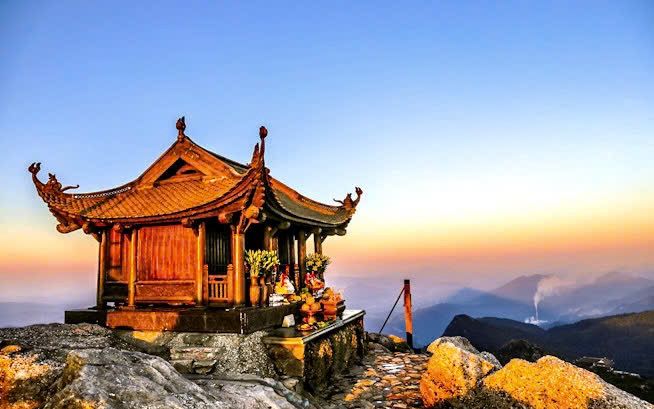
Cultural heritage - a source of soft energy" creates new momentum for Vietnamese tourism .
As the trend of experiential tourism and identity tourism is increasingly dominant, national relics and traditional cultural values are gradually becoming invaluable assets for sustainable tourism development strategies.
"Keeping" tourists with cultural depth
By 2025, Vietnam’s tourism industry aims to welcome 22 to 23 million international visitors and serve more than 120 million domestic visitors. But what’s more important than numbers is how we “retain” tourists with cultural depth, with stories about heritage, not just landscapes or services.

Yen Tu is both a spiritual destination and an "open school" of culture, history and green lifestyle.
The story in Yen Tu and Khanh Hoa - two typical locations of the two cultural regions of the North - Central are showing a clear direction for the heritage tourism model of Vietnam. In the North, after the relic cluster "Yen Tu - Vinh Nghiem - Con Son, Kiep Bac" was recognized by UNESCO as a World Cultural Heritage in mid-2025, the tourism atmosphere here seemed to be breathed with new life. Yen Tu, known as the "capital of Truc Lam Buddhism", is a place where people, history and nature meet, and has now become an international center of pilgrimage and cultural tourism.

The relic cluster "Yen Tu - Vinh Nghiem - Con Son, Kiep Bac" was recognized by UNESCO as a World Cultural Heritage in mid-2025.
The event of being recognized by UNESCO is not only a source of pride, but also a responsibility. It is a reminder that Yen Tu cannot develop in the direction of "mass tourism" alone. This place needs to be preserved as a quiet space, where visitors come to experience peace of mind, explore historical, cultural and natural values in harmony. The management of the number of visitors, planning of tourist routes, limiting capacity, combining pilgrimage experiences with activities such as forest trekking, meditation, learning calligraphy or visiting traditional craft villages in the area are being implemented synchronously by the government and tourism businesses. Thanks to that, Yen Tu is both a spiritual destination and an "open school" of culture, history and green lifestyle.
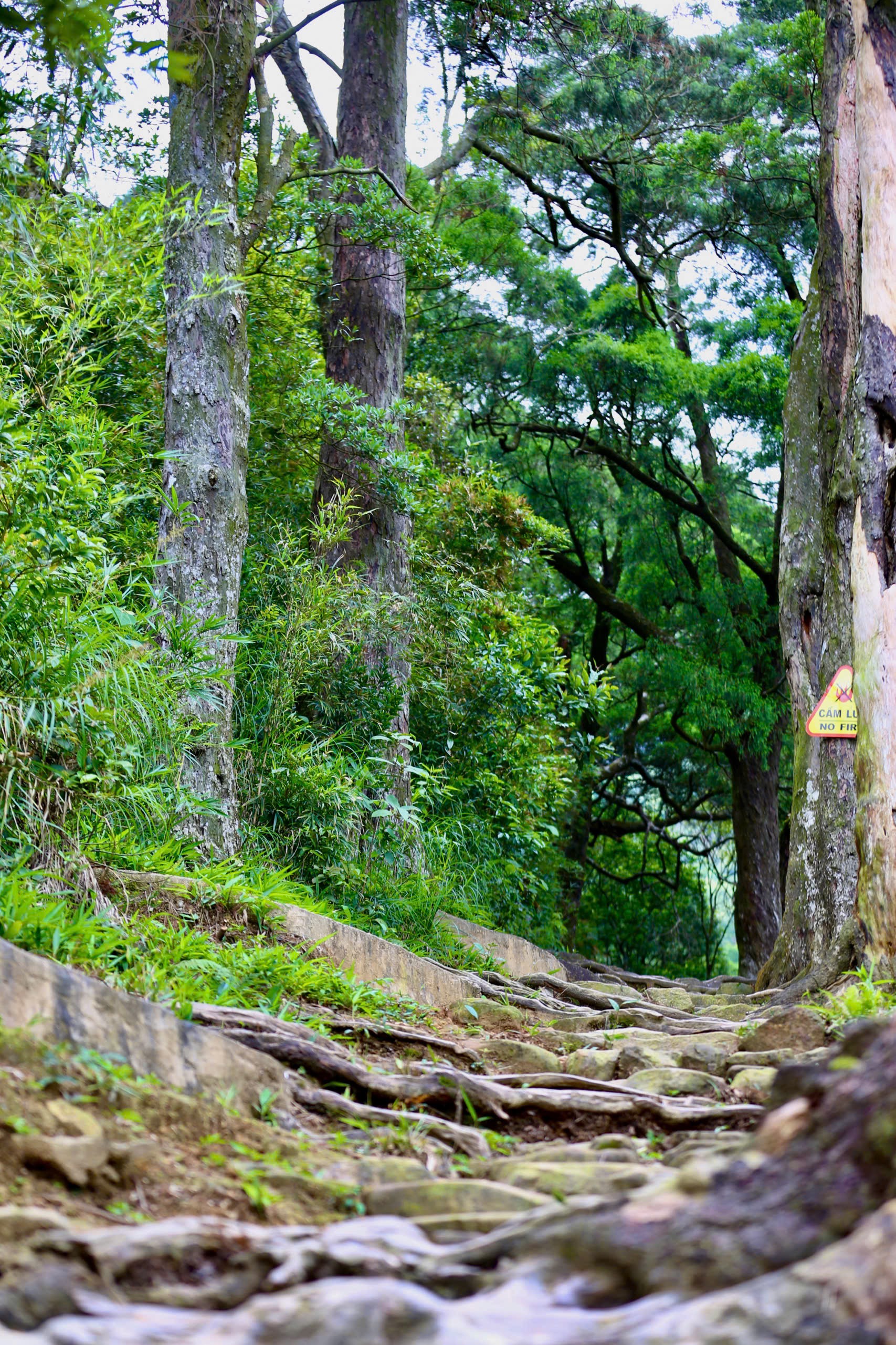
Yen Tu - a place where tourists come to experience peace of mind, discover historical, cultural and natural values.
If Yen Tu brings a sense of serenity and contemplation, Khanh Hoa - the tourist center of the Central region is a testament to the harmonious combination of sea and heritage. Famous for its charming bays such as Nha Trang, Cam Ranh, Van Phong, Khanh Hoa is transforming itself into a resort destination with a unique cultural space. Khanh Hoa currently has three special national relics, hundreds of provincial relics, and many national treasures such as the relief of King Po Rome, Hoa Lai stele, and the statue of King Po Klong Garai. Associated with these relics is a treasure trove of unique Cham festivals: Kate festival, Rija Nagar, Po Nagar Tower - where national spirit and beliefs blend, creating a unique identity for the coastal region of the Central region.
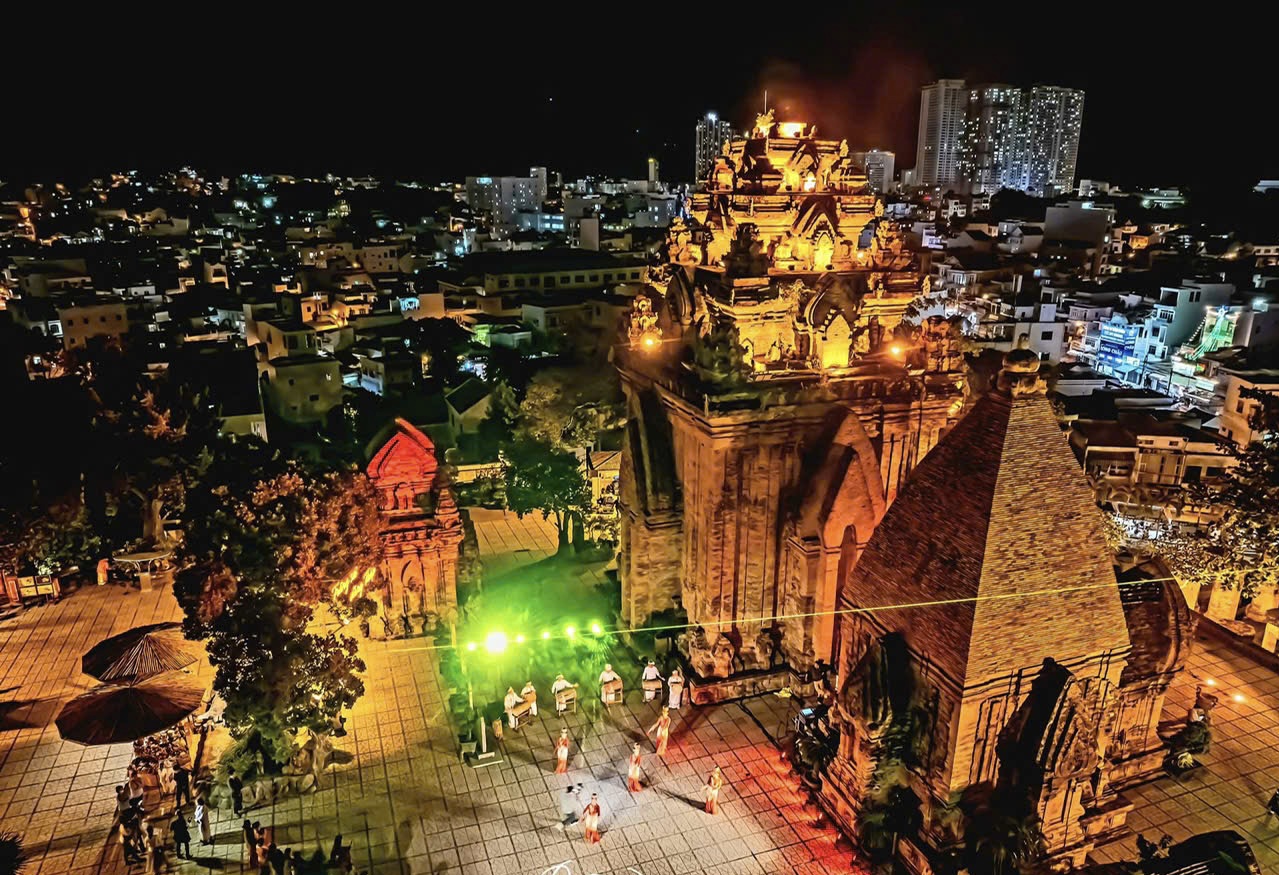
Po Nagar Tower - where national spirit and beliefs blend, creating the unique identity of the Central Coast region.
Khanh Hoa is cleverly exploiting this value to expand its tourism range. The journeys to explore "towers - villages - sea" are designed for visitors to admire ancient Champa architecture, participate in pottery making in Bau Truc, brocade weaving in My Nghiep or learn how to make agarwood in Van Phu. Each product is a souvenir, a cultural story told by the hands, breath and soul of the local people. Along with that, events such as the Sea Festival or the Sea Culture - Tourism Festival are held annually to help the image of Khanh Hoa to be both dynamic and modern while still deeply attached to tradition.
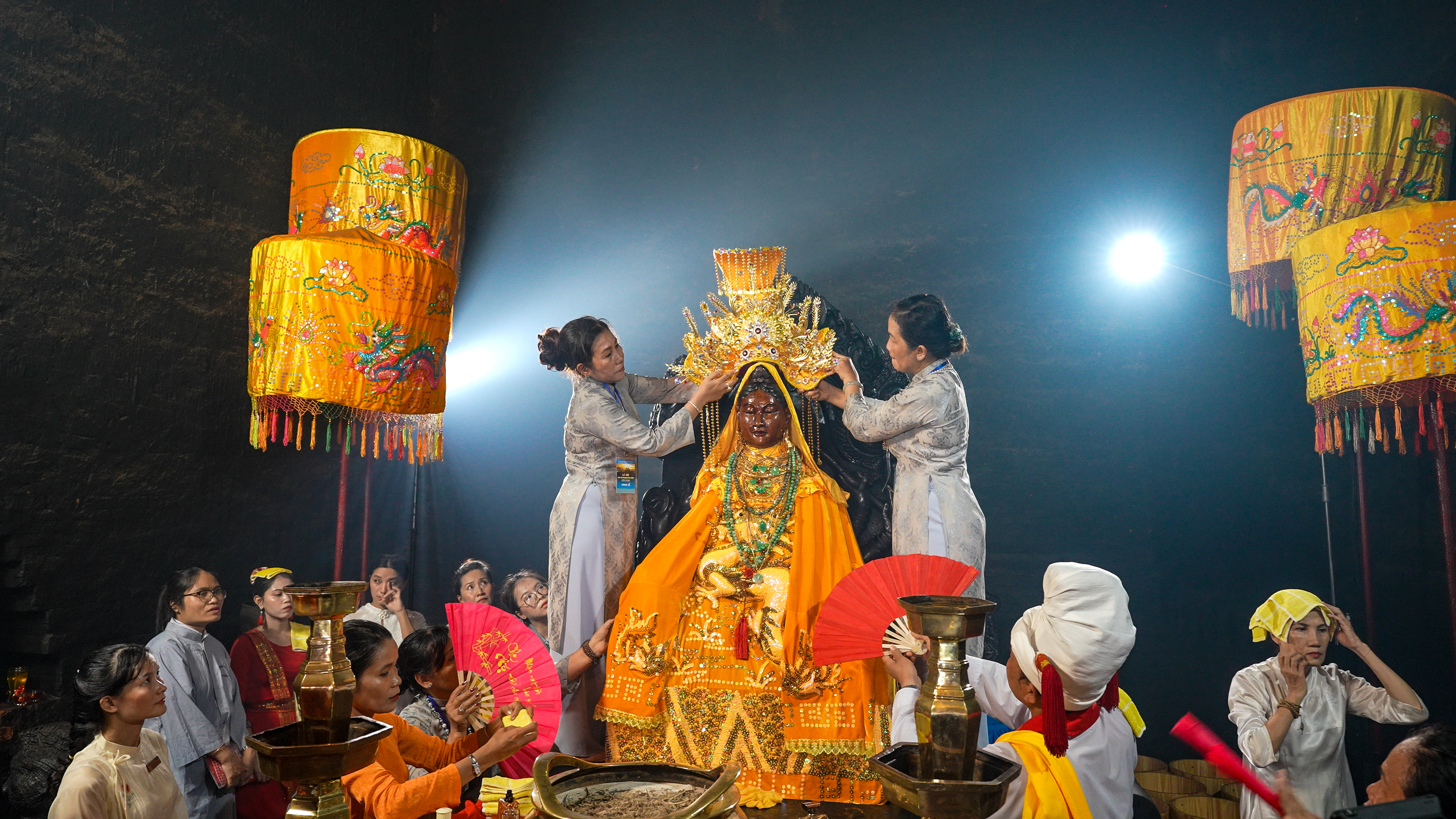
Khanh Hoa is cleverly exploiting heritage values to expand tourism.
Strategies for sustainable development
The development of heritage tourism in Yen Tu and Khanh Hoa poses a big problem for the whole country: how to exploit the value of cultural heritage while still preserving its originality. Many experts warn about the trend of “commercializing heritage” - when rituals, symbols, and customs are transformed to please tourists.
For sustainable development, Vietnam needs a long-term strategy for heritage tourism, in which conservation must go hand in hand with exploitation and service for conservation. Revenue from entrance tickets and services should be allocated for restoration, research, training and digitization of heritage. Monuments need to “live” in contemporary life by combining technology: virtual tour guides, digital maps, AR/VR applications to help visitors access rich information while still protecting real artifacts.
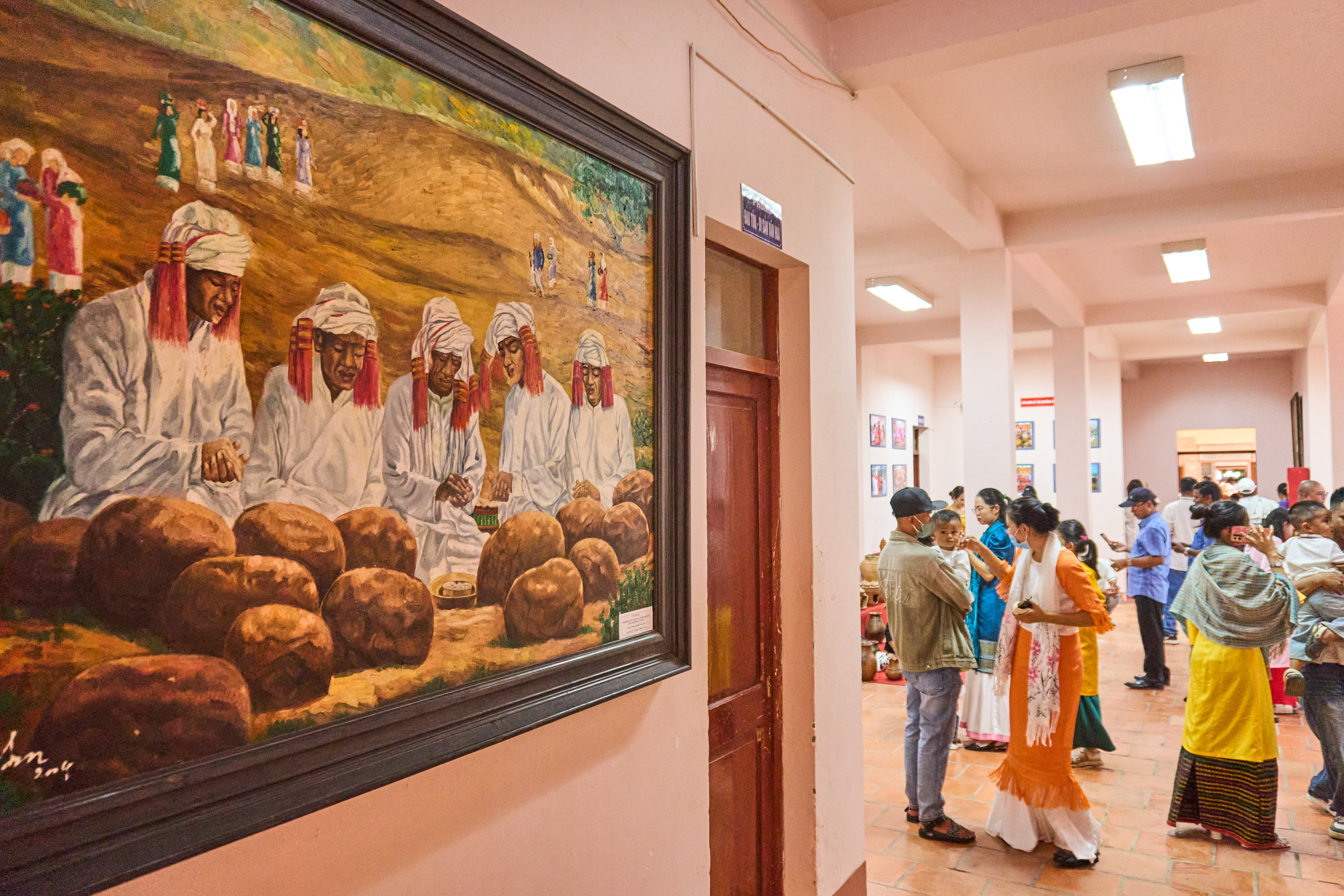
Vietnam needs a long-term strategy for heritage tourism, in which conservation must go hand in hand with exploitation and serve conservation.
At the same time, training human resources specialized in cultural and heritage tourism is an urgent task. A tour guide knowledgeable in history, a manager who listens to the community, or a business that knows how to balance economic benefits and cultural values are all necessary "pieces" for the heritage tourism ecosystem. Transport infrastructure, accommodation, and heritage information centers need to be invested synchronously, helping to connect regions, creating favorable conditions for tourists to travel, forming a true "Vietnam heritage road".

Heritage tourism not only brings economic benefits but also plays an important role in nurturing national pride and spreading Vietnamese identity to the world.
Heritage tourism not only brings economic benefits but also plays an important role in nurturing national pride and spreading Vietnamese identity to the world. From sacred Yen Tu to Khanh Hoa with its colorful sea and Cham culture, each heritage is a piece in the common story of the country, people and culture of Vietnam.

Each product is a souvenir, a cultural story told by the hands, breath and soul of local people.
In the context of global integration, heritage values, if exploited in the right direction, will help Vietnam attract tourists, affirming the position of a country rich in identity and responsibility for the past. That is the way for us to not only "sell tickets" but also "sell experiences, stories and national pride". Yen Tu, Khanh Hoa and thousands of relics across the country are waiting to be told with the emotions, creativity and heart of those who work in tourism with heart and vision.
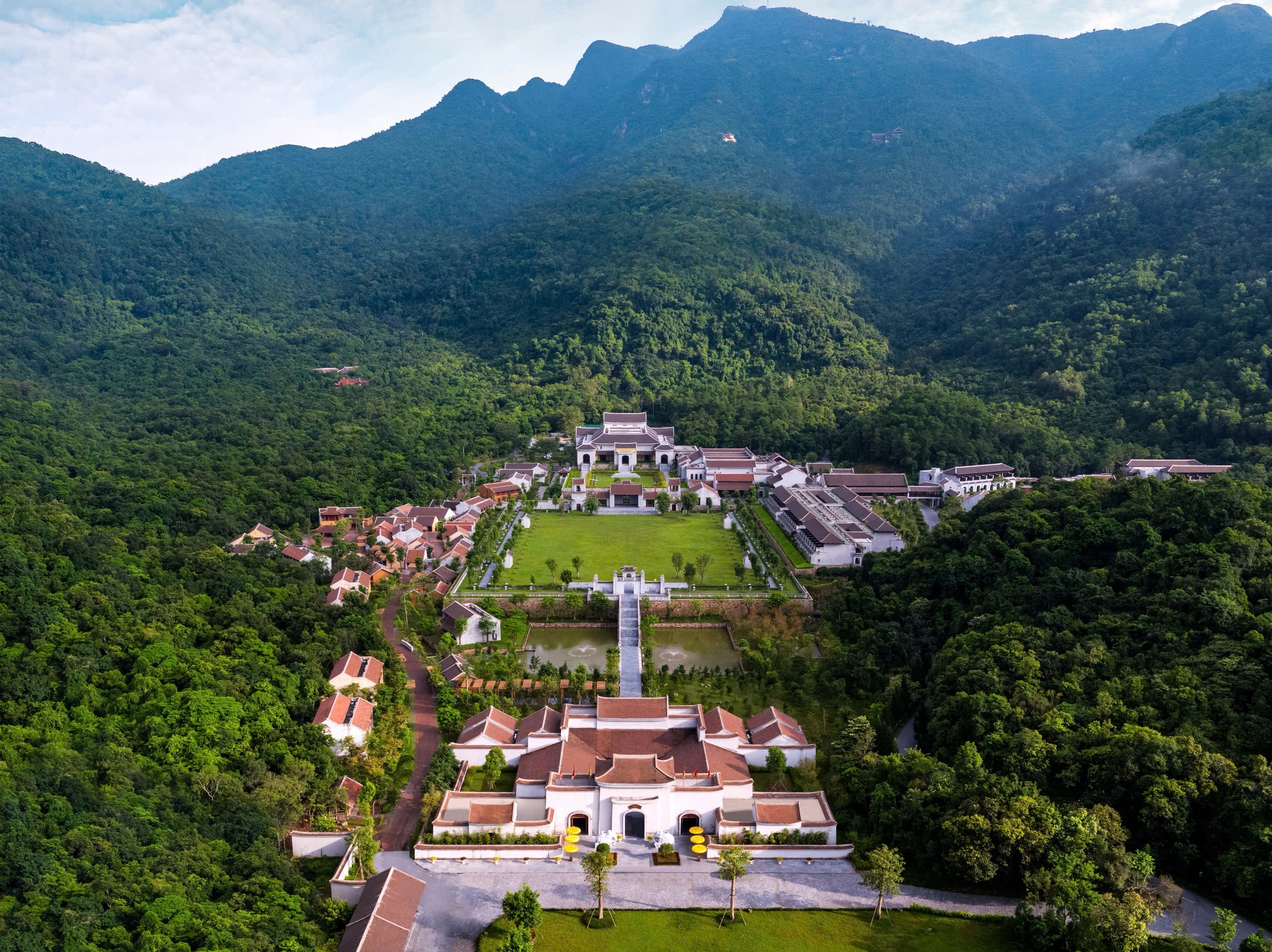
Yen Tu, Khanh Hoa and thousands of places and relics across the country are waiting to be told with the emotions, creativity and heart of dedicated and visionary tourism workers.
A relic only truly has vitality when the surrounding community benefits, when people feel proud and responsible for protecting it. Heritage tourism cannot be separated from the community, because it is the community that preserves the “soul” of the relic.
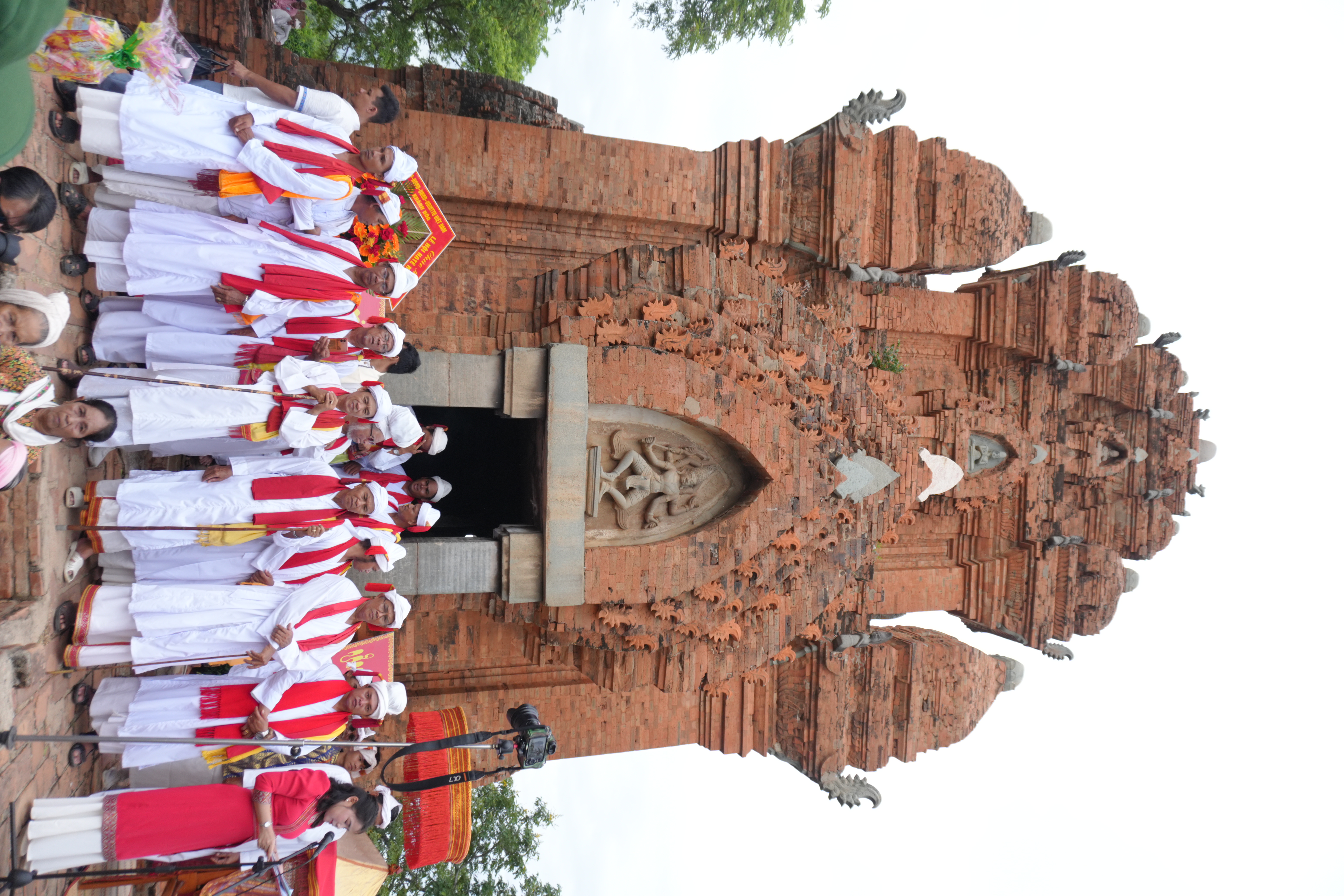
Heritage tourism cannot be separated from the community, because it is the community that preserves the "soul" of the relic.
Source: https://vtv.vn/bao-ton-va-phat-huy-gia-tri-di-san-gan-voi-phat-trien-du-lich-100251112213513235.htm




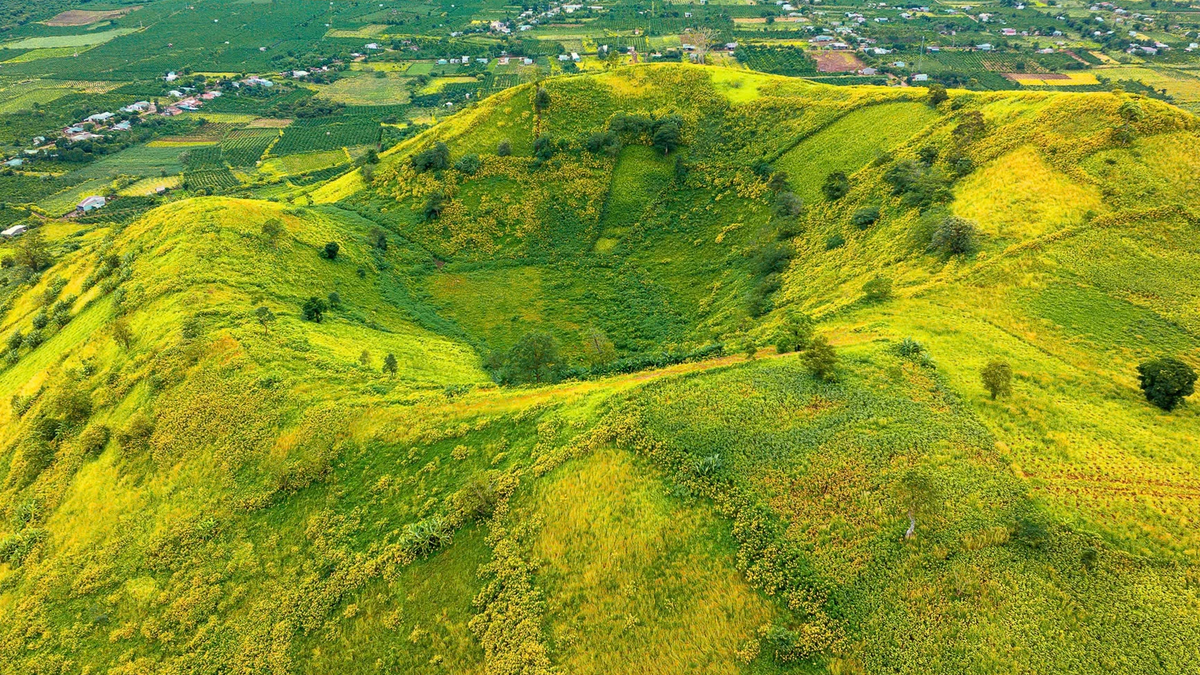
![[Photo] General Secretary To Lam visits Long Thanh International Airport Project](https://vphoto.vietnam.vn/thumb/1200x675/vietnam/resource/IMAGE/2025/11/13/1763008564398_vna-potal-tong-bi-thu-to-lam-tham-du-an-cang-hang-khong-quoc-te-long-thanh-8404600-1261-jpg.webp)

![[Photo] The "scars" of Da Nang's mountains and forests after storms and floods](https://vphoto.vietnam.vn/thumb/1200x675/vietnam/resource/IMAGE/2025/11/13/1762996564834_sl8-jpg.webp)

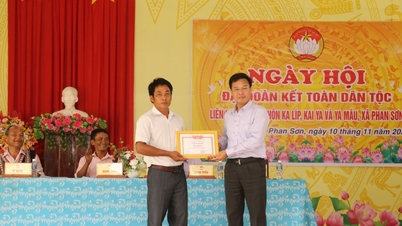

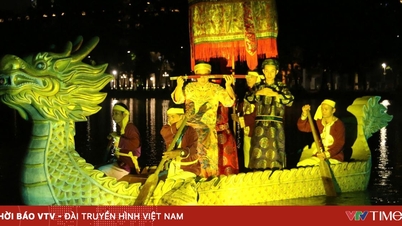






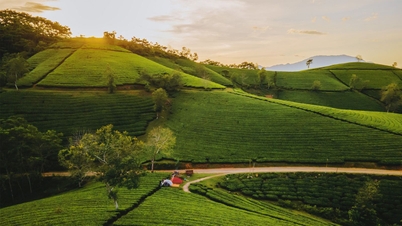

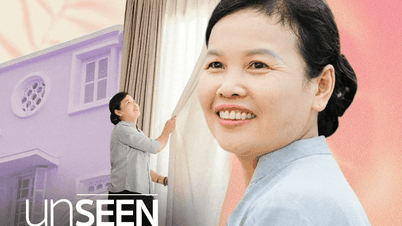





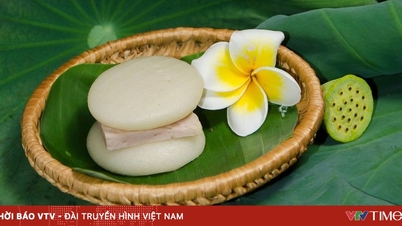






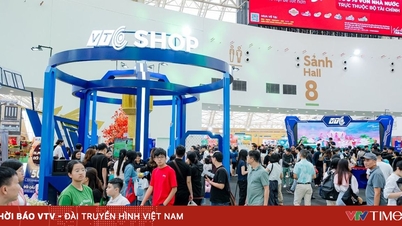

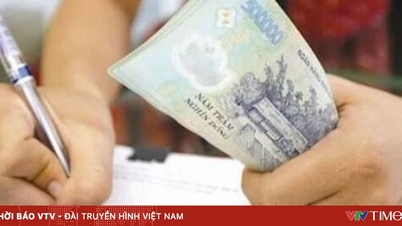
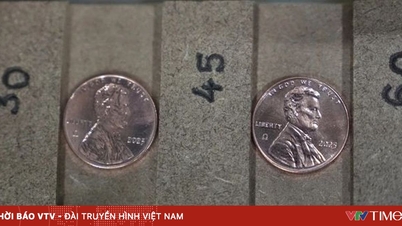
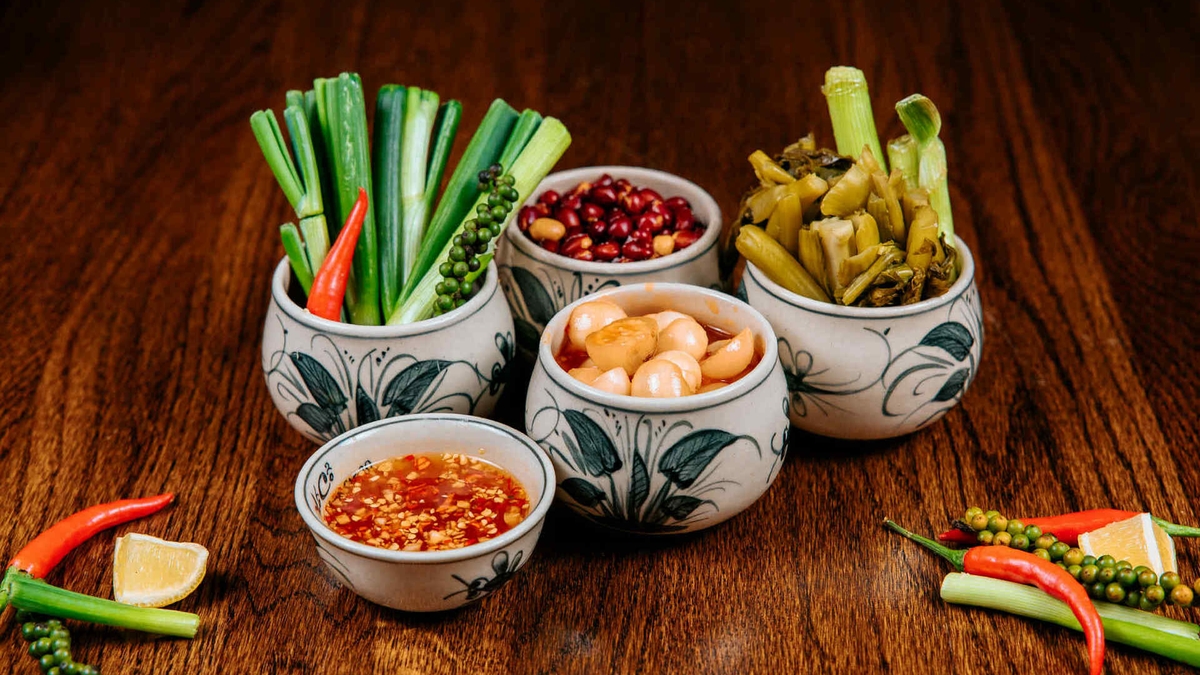
















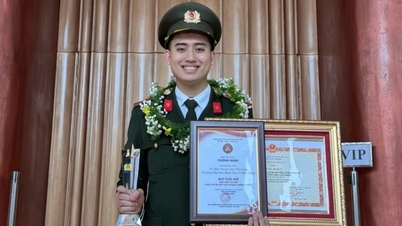


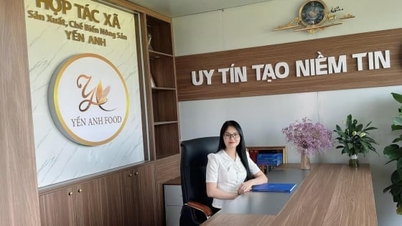















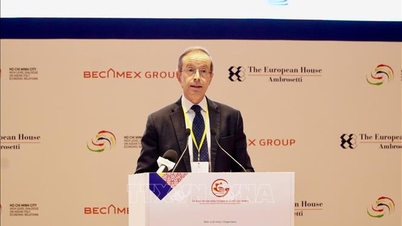

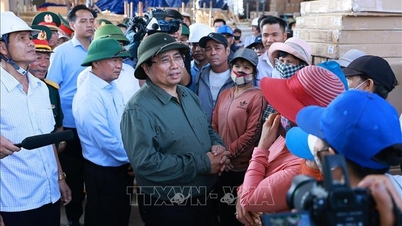








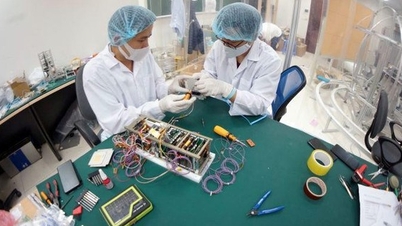




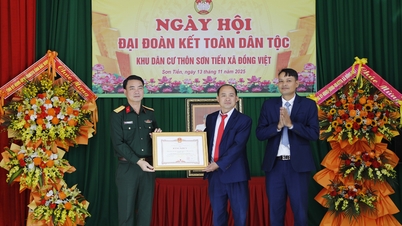









![Dong Nai OCOP transition: [Article 3] Linking tourism with OCOP product consumption](https://vphoto.vietnam.vn/thumb/402x226/vietnam/resource/IMAGE/2025/11/10/1762739199309_1324-2740-7_n-162543_981.jpeg)




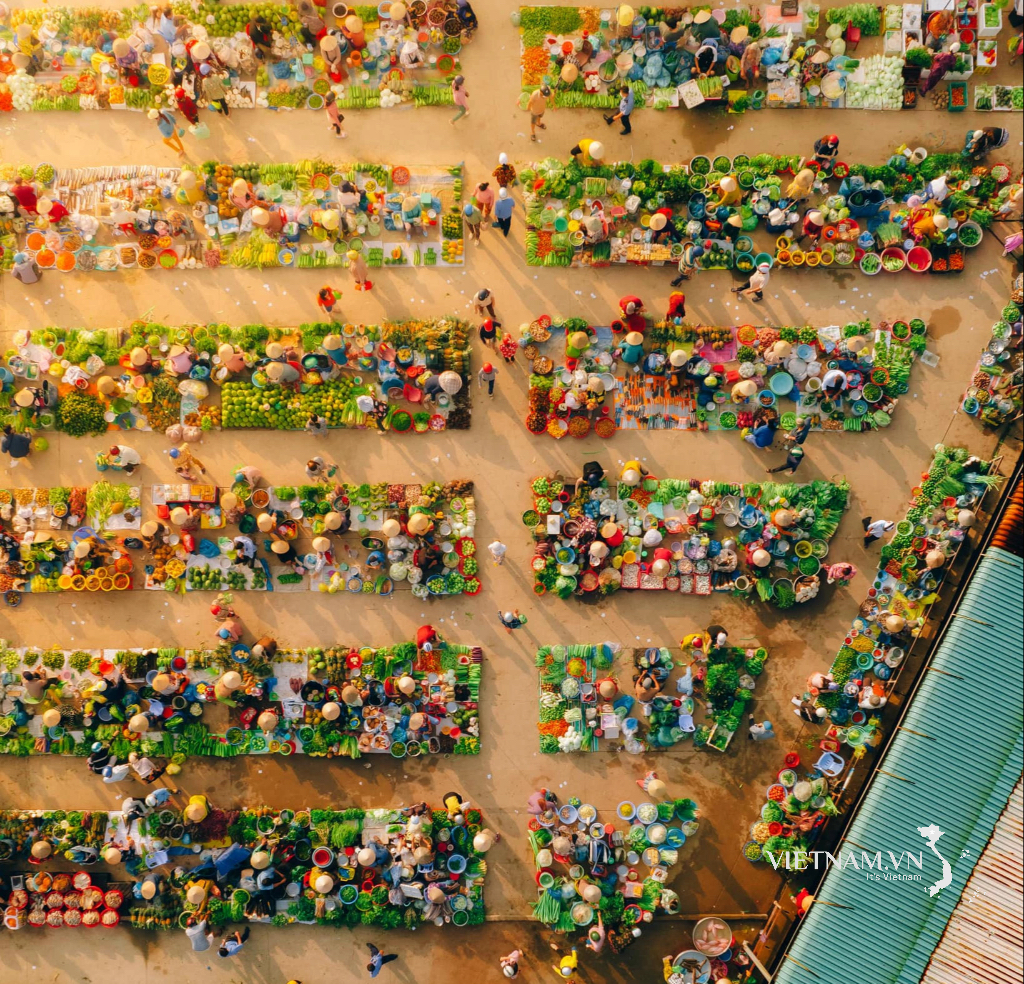



Comment (0)